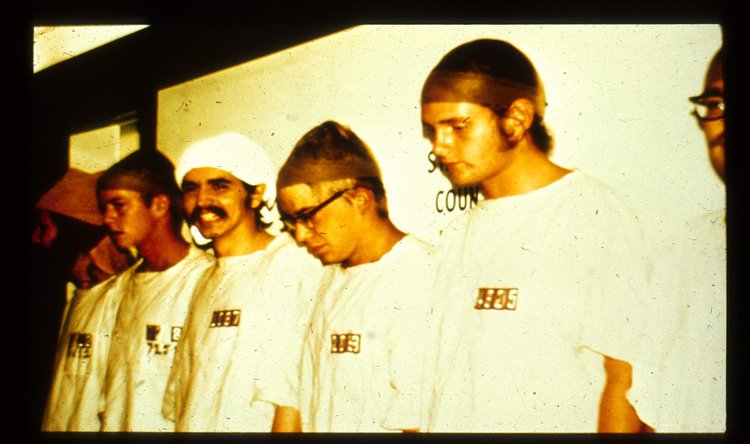David Eagleman on Possibilianism
/Neuroscientist and best-selling author David Eagleman introduces the concept of Possibilianism, a new philosophy that simultaneously embraces a scientific toolbox while exploring new, unconsidered uncertainties about the world around us.
from the PopTech Blog by Emily Spivack
When it comes to science, you walk to the edge of the pier of what we definitely know and you encounter everything we don’t know. “Every generation adds more slats to the pier,” David Eagleman, neuroscientist and best-selling author of Sum: Forty Tales from the Afterlives, continued. But “what we know is so vastly outstripped by what we don’t know.”
Scientists don’t have the capacity to gamble beyond available data. They can make up hypotheses and tolerate many of them at once, but “some questions are beyond the scientific toolbox and ambiguity is accepted as part of the relationship we have with mother nature.”
According to Eagleman, we know too little to commit to strict atheism, but we know too much to commit to a strict religious story. Holy books were written millennia before we knew about the big bang, computation, or mechanical landscapes. Moreover, there’s a sense that people are weary of the false certainty about what’s known to which many religions subscribe, a “false dichotomy of god or no god.”
Enter Possibilianism: an 18-month old philosophy fleshed out by Eagleman that rejects the idiosyncratic claims of traditional theism and the positions of certainty in atheism in favor of a middle, exploratory ground. Possibilians import the tools of science to embrace what we do know. And where that leaves off, Possibilians are open to the examination of new, unconsidered possibilities. With Possibilianism, it’s okay to embrace what we don’t know and not feel obligated to commit to any particular story.
When it comes to “cowboy-ing up,” or firmly committing to what we know about the universe around us, Eagleman says he’d rather “geek out than cowboy up,” deferring to science with an openness to uncertainty.
(Photos: Kris Krüg)










